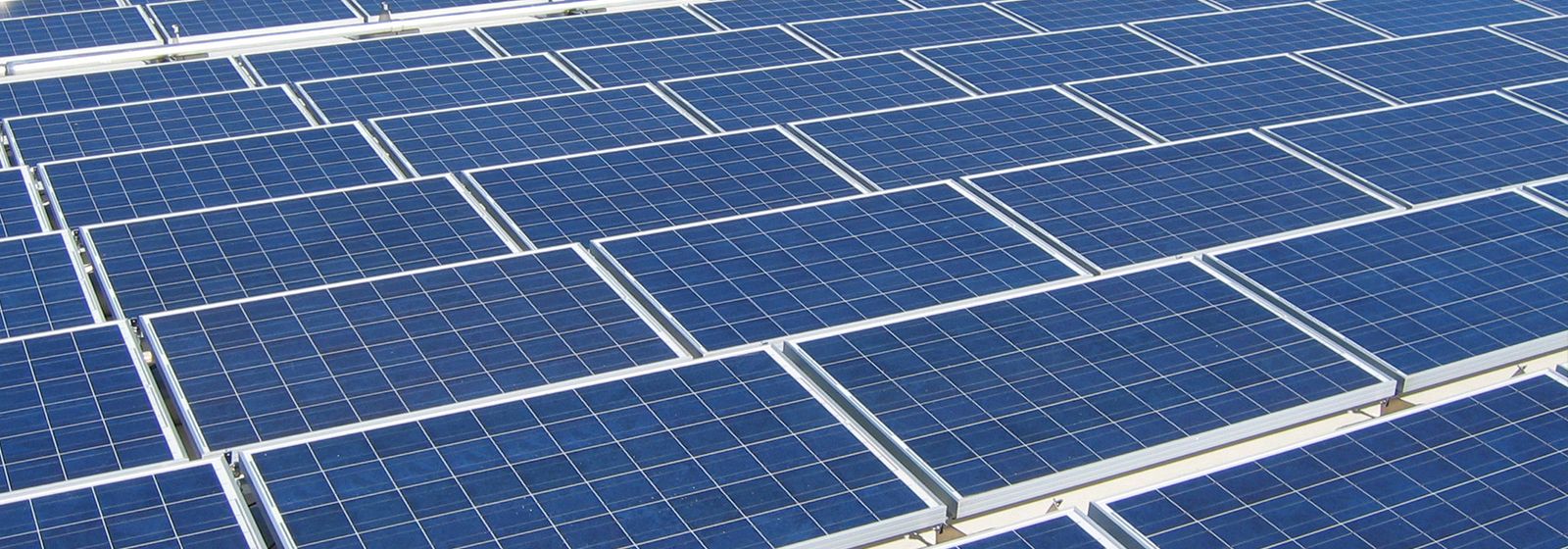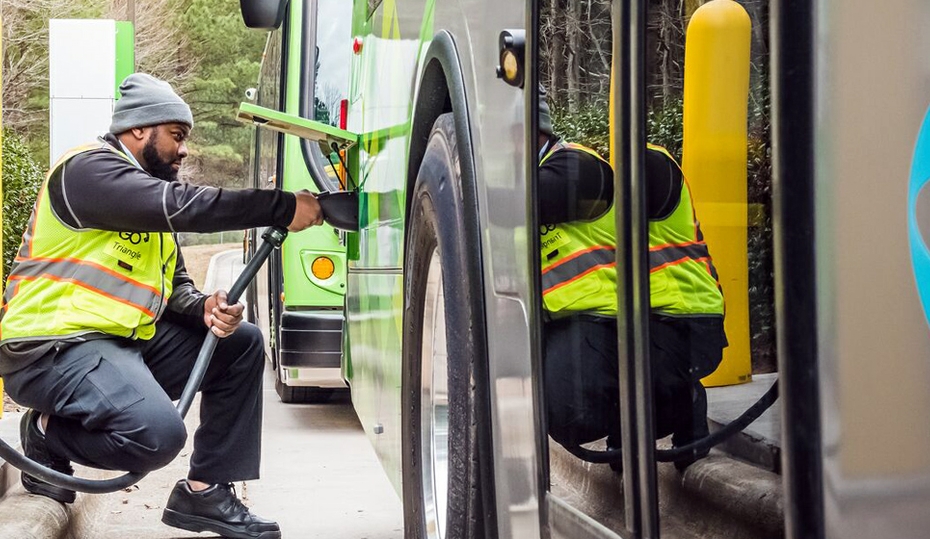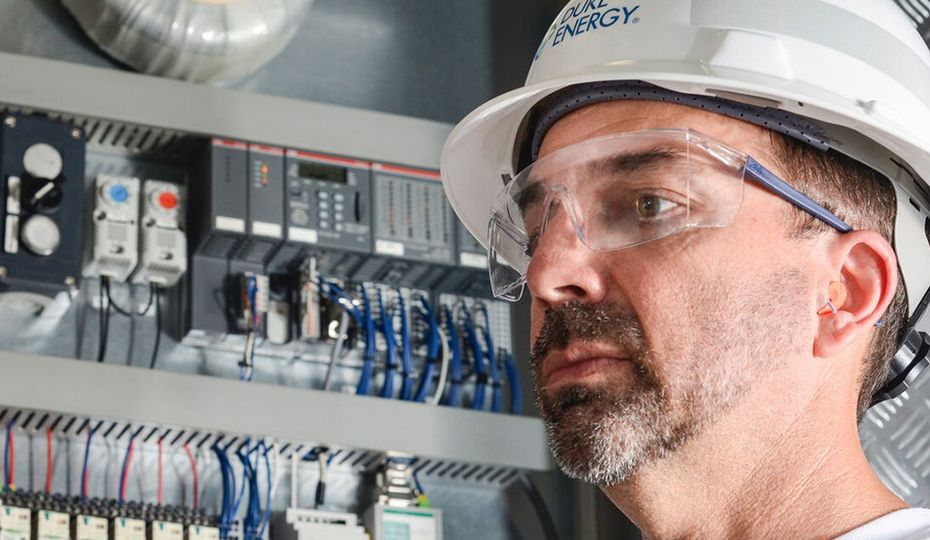Duke Energy plans to double its renewable energy portfolio by 2025 as part of its goal to achieve net-zero carbon emissions by 2050. It’s part of a national trend as the country’s renewable energy sources are expected to provide 38 percent of the nation’s power by 2050 – up from 19 percent in 2019.
To get there, the grid needs an upgrade.
For decades, the electric grid – a system of poles, wires, and power plants – has reliably generated and delivered electricity to millions of people. It still does, but to make it compatible with intermittent energy sources like solar and new devices like electric vehicle chargers and batteries, it must be transformed.
Here are three ways Duke Energy is upgrading the power grid to enable more renewable energy while making it stronger and more reliable.

A smarter grid
The smart-thinking grid is the base of these upgrades, according to Jay Oliver, who manages Duke Energy’s grid strategy. It controls how power flows from the generation source to the customer and identifies and restores power outages faster than ever.
By integrating smart meters and advanced monitoring and control technologies, the grid can support the flow of power from traditional generation sources and increasing amounts of solar, wind and battery storage. Instead of electricity only flowing from power plants to customers, power will flow in multiple directions as electricity from a customer’s rooftop solar installation or a utility-scale solar plant added to the grid. As solar output changes throughout the day, grid operators will have more flexibility to adjust power flow and be better equipped to manage the swings in output from renewable energy generation.
New hardware
Companies are also installing smart technologies to power poles and lines – capacitors, voltage regulators fuses, and electronic switches and reclosers – that give grid operators automatic and remote capabilities to optimize power flow across the grid. Duke Energy is also upgrading power lines and expanding their capacity for more electricity to flow in both directions so that it can more easily connect new and cleaner energy sources.

These infrastructure improvements will help accommodate electric vehicle charging, too, as more people have at-home charging stations and businesses transition their fleets from gas to electric.
“Customers will see a more resilient system, too,” Oliver said, “that results in fewer and shorter outages.”
As customers are faced with storms increasing in frequency and severity, the improvements will be even more valuable and protect against a host of physical and cyber threats as well.
More storage

Duke Energy plans to invest $600 million in battery projects across its six states, which will help store excess solar energy for a cloudy day but also smooth frequency and voltage swings to provide more reliable power.
In Florida, the company recently announced three projects including an 18-megawatt lithium battery to be built at its 45-megawatt Lake Placid Solar Power Plant. It will be the company’s largest grid-connected battery in Florida and the first attached to a utility-scale solar plant. Adam Nygaard, who develops Duke Energy’s battery storage projects in Florida, said the project will give grid operators dispatchable power making the solar plant more useful while acting as a test site for battery technology as it becomes cheaper.





